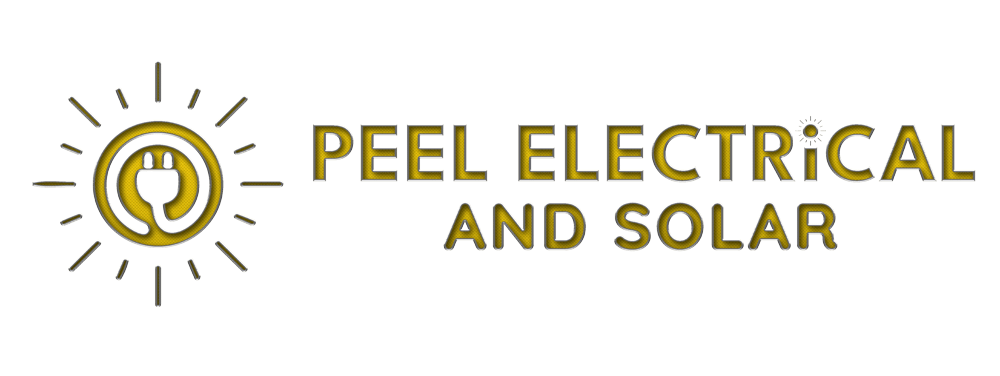A 13kW solar system is an excellent option for large homes or small businesses with high energy demands. This system can generate significant power, reduce electricity bills, and increase energy efficiency. In this post, we will explore everything you need to know about a 13kW solar system, including how it works, the number of solar panels required, roof space needed for installation, system costs, energy output, and the payback period. We’ll also look at whether a 13kW solar system is worth the investment, along with the key components like inverters, battery storage, and monitoring systems that make up a complete solar setup.
What is a 13kw Solar System?
A 13kW solar system consists of solar panels that collectively generate 13 kilowatts (13,000 watts) of electricity under optimal sunlight conditions. This size is suitable for medium to large homes or businesses that use a significant amount of energy. With a 13kW system, you can expect a robust energy output, allowing for high self-consumption.
How many panels in a 13kw Solar System?
For a 13kw solar system, you need approximately 32 solar panels if each panel produces 415W. To calculate the exact number of panels, use the formula: 13,000W (13kw) divided by the wattage of each panel. For instance, 13,000W ÷ 415W = 31.32 panels. If the calculation doesn’t result in a whole number, simply round up or down to get the final count.
Now, most residential solar panels in Australia are between 370w and 450w. So using the above formula for a 370w you will need around 35 solar panels and for a 450w you will need around 29 solar panels.
I recommend selecting solar panels that produce higher watts and are smaller in size to maximize your roof space. Higher wattage panels will generate more power and occupy less space, making them ideal for residential installations.
How much roof space for 13kw Solar System?
For a 13kW system with 31-35 panels, you’ll need approximately 70-80 square meters of roof space for installation. Each solar panel measures 1.8m x 1.1m, which is typical for such installations.
How much does a 13kw solar system cost?
On average, you can expect to pay between $10,000 to $13,500 for a fully installed 13kW solar system after government incentives like the Small-scale Technology Certificates (STCs).
Premium panels cost more but offer higher efficiency. Better inverters last longer and offer better performance.The complexity of the installation (example roof type, shading) can impact labor costs.
How many kwh does a 13kw solar system produce?
On average, a 13kw solar system output will be between 50 to 55 kWh of electricity per day. Annually, this translates to around 18,250 to 20,075 kWh. Assuming that the solar panels are mounted at a 30-degree angle to the north with 75% efficiency.
In winters you can consider the output will be around 25 to 30 kWh of electricity per day.
Payback Period for 13kw solar systems
A 13kW solar system can result in significant savings on your electricity bills. Assuming you consume most of the electricity your system generates, you could save around $3,000 to $4,000 per year on electricity costs, depending on your usage patterns and feed-in tariff rates.
With annual savings of about $3,000-$4,000, your 13kW system could pay for itself in around 3 to 5 years, making it an excellent long-term investment.
Is a 13kw Solar System worth it?
A 13kW solar power system is perfect for large homes or small businesses with high energy needs. If your electricity bill is over $500, this system could be a great option for you. It works well for residential homes, commercial properties, industrial units, or warehouses, offering both energy savings and efficiency. This system size is ideal if you’re using more than 50kWh of energy per day, which is common for businesses or large households with higher energy consumption. Just make sure you have enough roof space for installation.
Components of a 13kw Solar System
Solar Panels:- The system will consist of 31-35 solar panels depending on their wattage. The quality of the panels will affect overall efficiency and performance.
Inverter:- The inverter converts the direct current (DC) from the panels into alternating current (AC), which is what your home appliances use. For a 13kW system, you will need an inverter that can handle the load, typically a 13kW inverter.
Battery Storage (Optional):- Adding a battery storage system can help you store excess energy for use during non-sunny periods or at night. This increases your energy independence.
Mounting System:- The mounting system secures the panels to your roof or ground. The type of roof you have can affect the type of mounting system you need.
Monitoring System:- A monitoring system allows you to track the performance of your solar panels in real time, ensuring your system is operating at peak efficiency.
